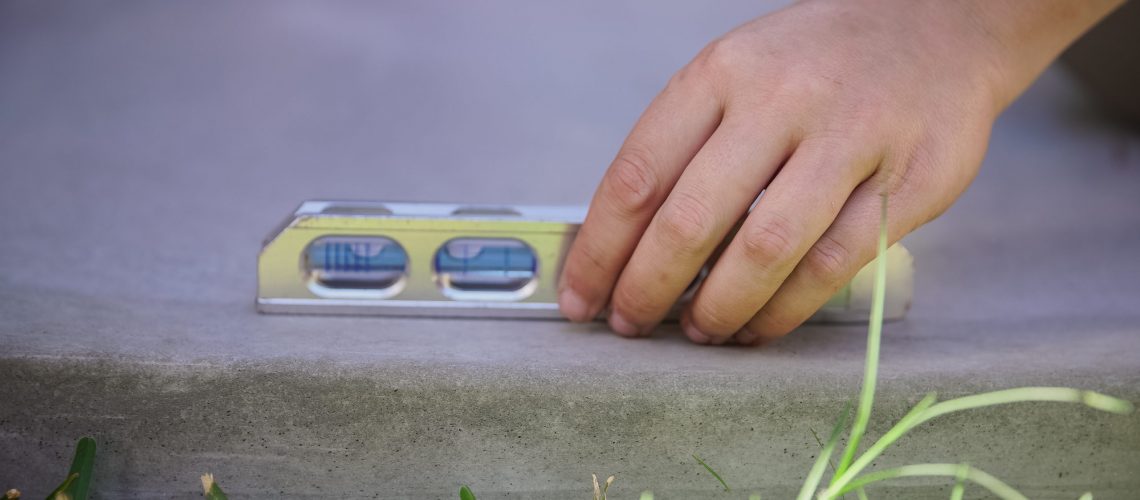Installing a generator at home can be very beneficial. It ensures you have power when you need it most, and you’re never left having to deal with the cold and dark. Installing a generator yourself might seem like a good idea at first, but you can soon find that there are issues that present themselves. Every generator installation is different and requires an expert hand to ensure it’s completed properly.
One of the factors that you need to consider when installing a generator is your generator base. A generator base ensures your generator has a stable surface to sit on. It keeps your generator level to keep it running smoothly and protect it. There are different types of generator pads that you can use for your generator, with several important factors to consider.
Pre-Cast Bases
A pre-cast concrete base can be purchased for use under your generator. It is made elsewhere and then delivered to you, and can often be bought at the same time as your generator. To install one of these bases, it’s necessary to prepare the soil where it will sit. The soil will need to be leveled, or the installer might remove the soil and fill it in with sand and gravel.
Made On-Site Pads
A generator pad can also be made on the spot so that it can become part of the soil. This method of making a generator base can offer more stability and is a building code requirement in some locations. They may be attached to the building’s foundation using steel rebar for extra stability. The process involves removing soil, compacting sand and gravel, creating a wooden frame, pouring the concrete, and ensuring it’s smooth before leaving it to cure.
Custom Pedestals
Pedestals can be the best choice when there is a risk of flooding. By raising the generator up from the ground, it helps to protect it from floodwater. The pedestal will usually have a concrete foundation, which provides an anchor. It’s important to install a raised pedestal correctly because it needs to provide space for any work that might need to take place on the generator.
Compacted Soil or Gravel
A cheaper, more basic option for generator installation is to simply set it on top of compacted soil or gravel. This involves removing several inches of soil before installing a composite pad for the generator to sit on. Compacted gravel can be used to create extra stability and help to improve the drainage around the generator. However, this soil can shift over time, affecting the level of the generator and making it tilted.
Use Professional Installation Services for Your Generator
Professional installation services are the best choice if you want to install a new generator. Our expert installers can help you to ensure that your generator is installed using best practices and that it is set up to last a long time. We can discuss the best base for your generator and make sure that it is installed safely. Contact Generator Supercenter to find out more.




